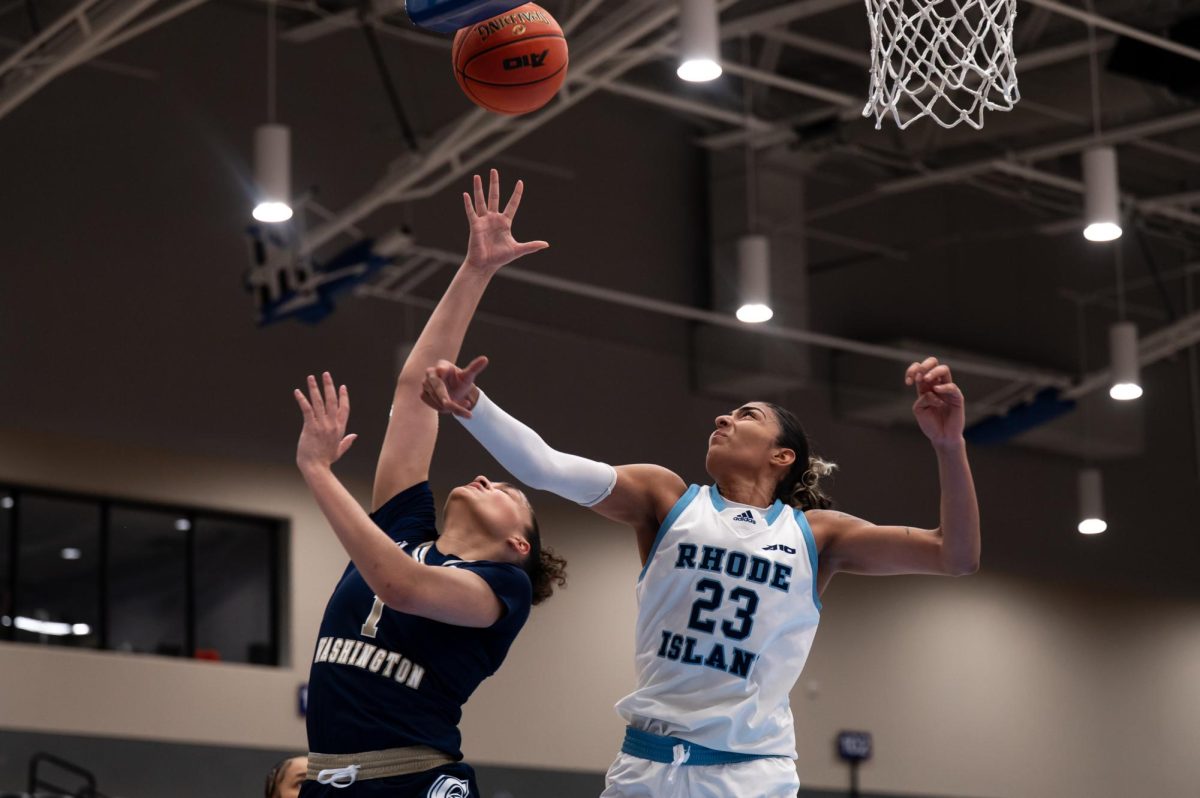The first draft of the Club Sports Council comprehensive review released late last month identifies five areas of change designed to help boost the 34 involved organizations’ performance.
The Council identified five main areas of improvement: health and safety issues, transportation, facilities, finances and governance. Director of Athletics Patrick Nero said he and Club Sports Council President Hugo Scheckter continue to meet and discuss the report’s findings, aiming to present a final document as part of the greater athletics review to the Board of Trustees in the winter.
The club sports review coincides with the larger athletics review, part of Nero’s vision to improve every facet of his department. Scheckter said the initial review was completed last spring, but upon taking office, Nero asked for it to be revamped to be a more in-depth, comprehensive review of the club sports program.
“The two biggest discussion points we have in regards to club sports are that the mission and philosophy reflect other student organizations and that the Department of Athletics and Recreation prioritize club sports when it comes to facilities,” Nero said. “This is the process we are taking with all 11 areas that the Strategic Planning Committee is looking at. I anticipate that Hugo and I will have a final report to the Trustees shortly after the first of the year.”
Scheckter is hoping for quick resolution to the club sports health and safety issues and facilities problems. A major health concern, he said, is club athletes lacking access to athletics trainers, reducing their ability to gain quick, effective treatment for injury. The review outlines proposed measures to combat the problem, including a step to provide first aid certification for two club athletes per team, and Scheckter added that the Club Sports Council is hoping to fund hours with athletics trainers for club athletes next semester.
Another major focus of the review is the challenges presented by a lack of proper facilities for club sports use, Scheckter said. The review first calls for better oversight of GW’s current facilities, including an ability for club sports teams to schedule times for facilities use and increased communication between athletics department staff and club athletes.
Scheckter also hopes to expand and revamp GW facilities to enhance club sports use, including his planned initiative to lobby for lighting to be installed at the Mount Vernon Field.
“We’re getting a quote for it in the next week or so,” Scheckter said. “Honestly that would be the biggest game-changer at GW.”
The next major task to tackle is the finances of club sports, which ties directly into their governance, Scheckter said. Club sports falls under both the Center for Student Engagement and the Department of Athletics, due to their nature as both student organizations and athletic activities. The need to work through both offices complicates paperwork and financial measures for the clubs, Scheckter said, increasing the time and effort needed for funding.
“It’s all very jumbled and the presidents have to go through three or four people [to get funding],” Scheckter said. “A number of the clubs do have bank accounts – external bank accounts – which isn’t something that student orgs are allowed. Now, we’ve kind of got, they kind of turn a blind eye to that and it’s not an issue and they know we have them and we use them because otherwise it would be a complete nightmare to try to get referee fees at 6 p.m. on a Friday.”
A change in governance for club sports is still in discussion, part of a greater push to ease finance challenges.
The review also calls for club sports to explore ways to expand their budgets through fundraising, Scheckter said. Though no changes are finalized as of yet, Nero said the athletics department is working to help club sports strengthen its budget and finances.
“We are currently working with student-affairs to address some ways for both athletics and student-affairs to work with club sports to make their budgeting process easier,” Nero said.
Scheckter believes that most of the needed improvements for club sports are in their primary stages of implementation – an indication of the revamped focus on the department by the new athletics administration under Nero, he said.
While the Council provides a unified voice for administrators to talk to, Nero has “revolutionized” club sports, Scheckter said. The Council is close to launching a new website that will be “fully interactive,” he said, adding that it’s another example of Nero’s revamped focus on club sports teams.
“I met Patrick when he was being introduced, touring the school in June,” Scheckter said. “We sat down the week I got back and I’ve met with him every single week, pretty much, since I’ve been here. We’ve had a club sports night for the first time. He even has pictures of club sports in his office. It’s a little thing, but it makes a big difference.”






